I don’t believe there’s such a thing as knowing all there is to gardening, but one thing I have learned for sure is why I need to plan for next year’s garden now. Whether you have a big garden space, just a tiny patch of soil, or just a handful of pots, here are my tips and tricks to grow into gardening without getting overwhelmed.
Why Planning Next Year’s Garden Now Makes Sense
I have found that the best way to plan for future garden success is to plan when your thoughts and memory are fresh. If you don’t, it’s a bit like starting to read a book and then not picking it back up again for several months thinking you’ll remember everything exactly where it left off. I don’t know about you, but that never happens to me.
Plan Next Year’s Garden by Starting with the Good
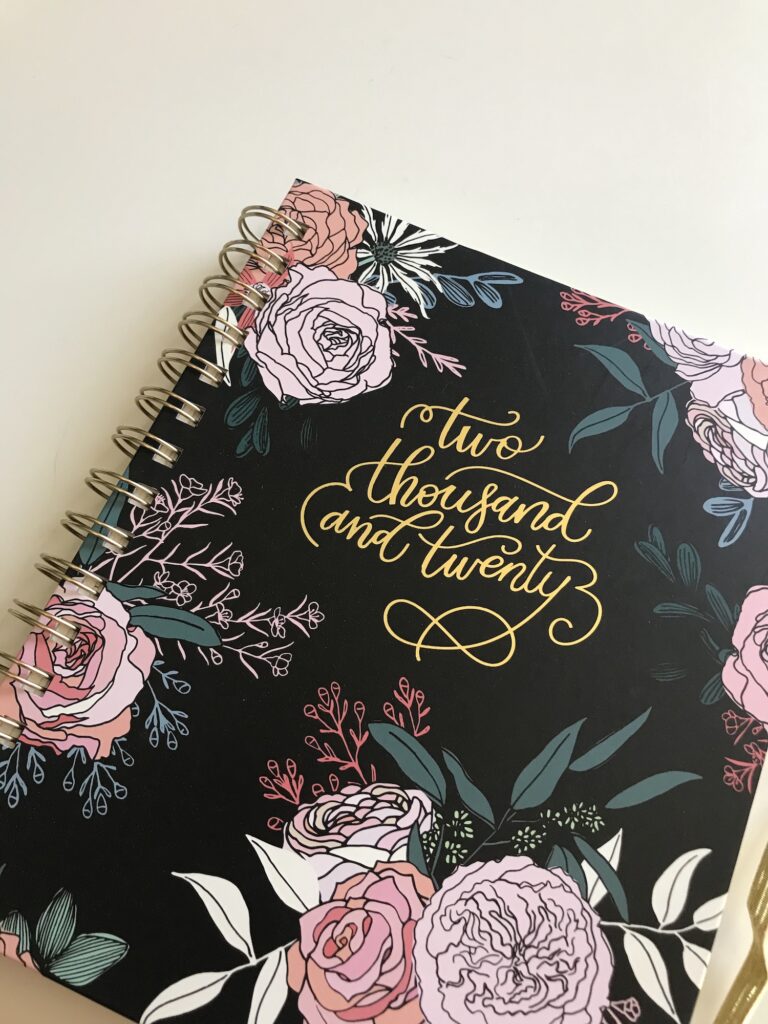
I like to write down what worked for me first. I prefer a good, old-fashioned paper planner. Focusing on the good things that came out of this year’s garden helps me to celebrate those successes. I practically ignored my Swiss Chard, and it still took off this year. That’s a win for me!
Make Harvesting Notes
With vegetables, the first thing I do is take notes about everything I grew when harvesting comes along. For example, this year, even though I cut back on squash plants, we still had too many. Plus, I grew some Delicata this year. Note the crazy photo below! Just one of those plants yields many Delicata squash. My choices for next year are to either plant fewer or be prepared to open a farm stand. My zucchinis grew too long before I harvested them, so my takeaway on that vegetable is to do a better job of documenting my harvest times. I already have two action items here and that’s just for squash. I repeat this for everything I grow.
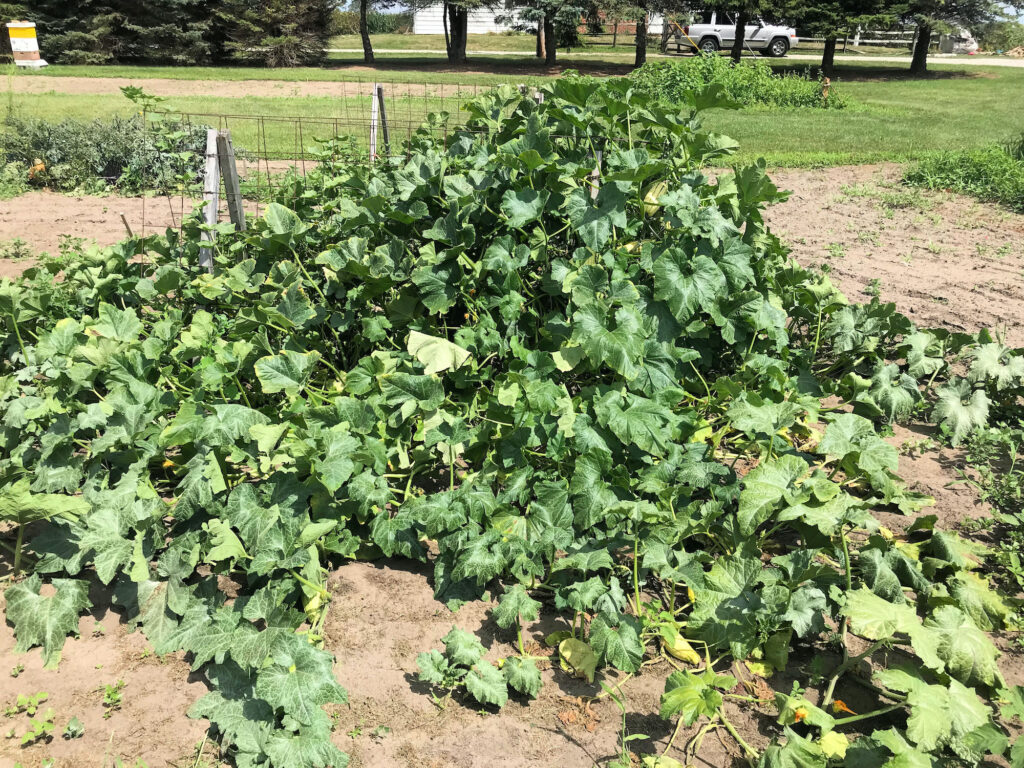
Grow What You and Your Family Will Eat
Next, I evaluate what I planted. For any gardener, unless you’re seriously opening up a farm stand, a big rule is to only plant what you like to eat. What good is a bountiful harvest of carrots if you can’t stand them, or you’re the only one in your household who likes them? In cases like this, it’s best to just shop at your local grocery store or farmer’s market to purchase them instead of wasting the money and garden space on a futile effort.
Try, Try Again, Or Don’t.
Assess what didn’t grow well and determine if you’ll try your hand at it again or move on to something else. Last year, it was so wet my tomatoes never really took off until very late in the season. I love tomatoes, though, and gave them another shot this year. It ended up being the summer of the tomato for us and I was able to harvest enough to make quite a bit of pasta sauce. Peas have not grown well for me for the three years, though. For me, three strikes mean they’re out. Spending extra time and money fixing a patch of soil on the off-chance peas will grow better next year just isn’t worth it to me. Don’t feel gardening guilt about deciding things for yourself. You know your limits better than anyone else!
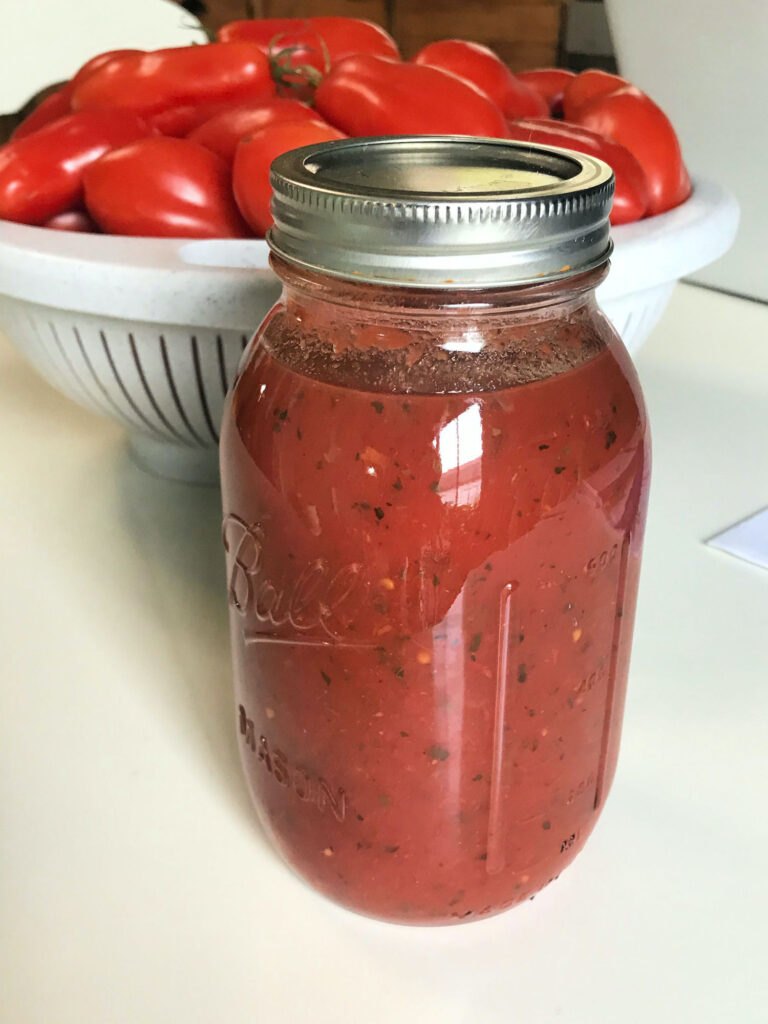
Location, Location, Location
Re-evaluate your growing locations. You should give this plenty of thought when you plan next year’s garden. For example, if you like cooking with a lot of fresh herbs, it may make more sense for you to grow them in clay pots on your patio. That way, you have easy access to them instead of having to trudge out to a garden just for a snip of parsley. Most vegetables need a lot of sunshine to grow their best. As I harvest, I make decisions on what may need to move somewhere else. My rhubarb and raspberries have their own little corners. They take up a lot of space and would crowd out other plants. My tomatoes and green peppers love each other, so it makes sense to keep them growing in the same area. Simply said, some vegetables just get along better with others. You can learn a lot about companion gardening here. It’s a thing.
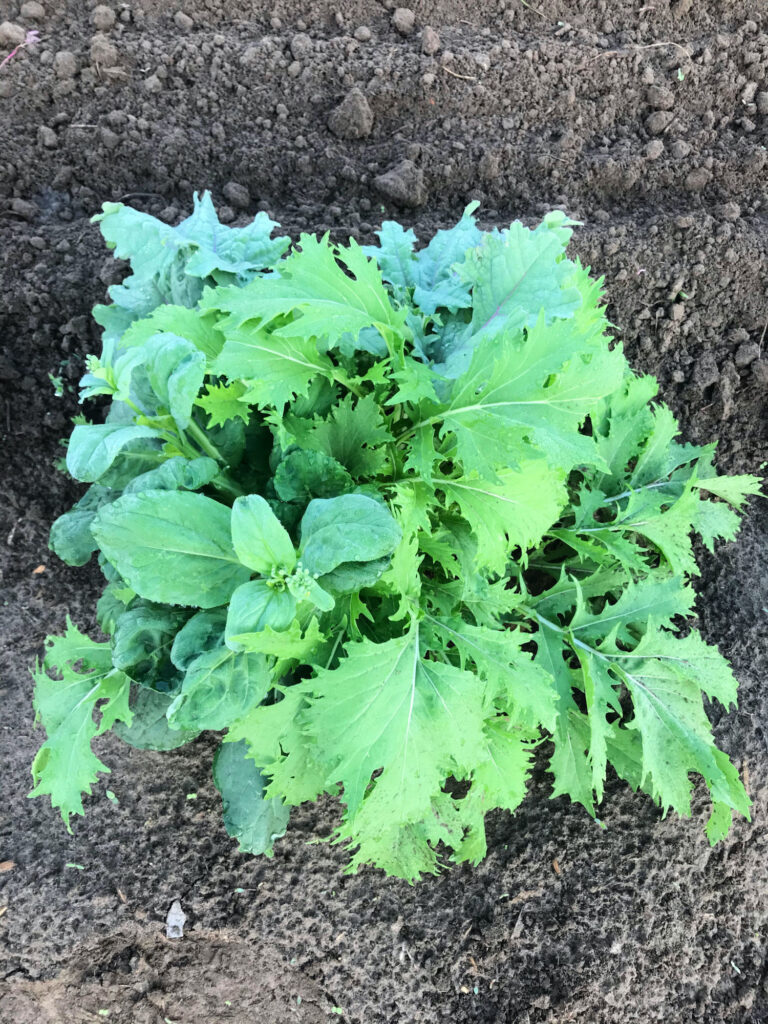
To Seed or Not to Seed. That is the Question.
Decide what you can grow from seed and what may make more sense to grow from plants. I made the mistake of trying to grow onions from seed this year and they never took off. That was a bummer for me because I cook with onions a lot. Next year, I’m going back to buying onion sets instead. With tomatoes, though, I saved a lot of money growing them from seed. And I have enough leftover seeds to plant next year. My success growing sweet corn from seed this year was due to giving it a head start growing it in my GreenStalk vertical planter. It’s easily my favorite gardening purchase of the year.
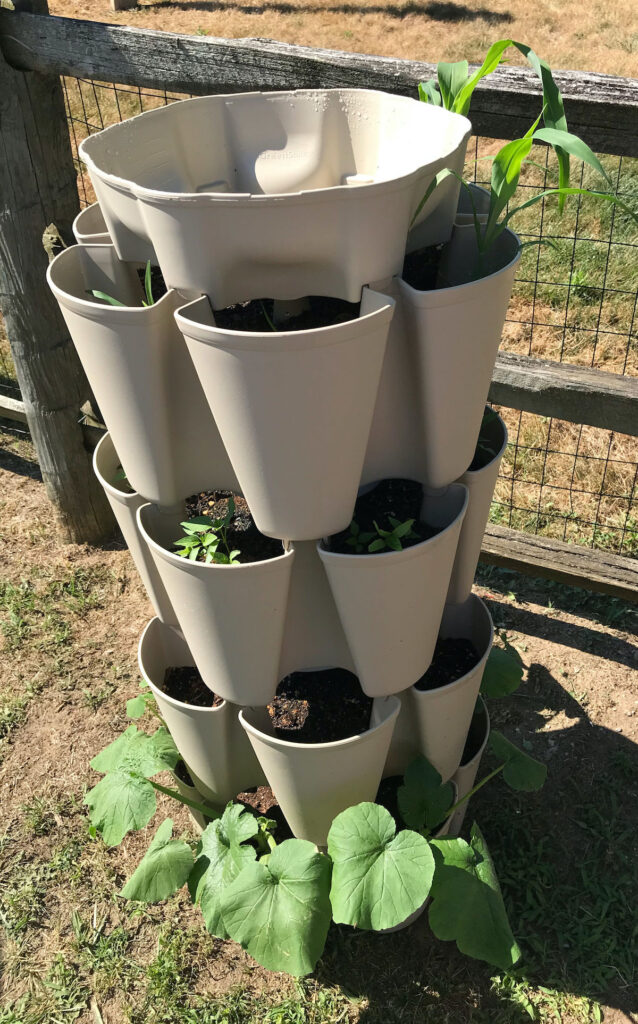
Plan Next Year’s Garden by Sourcing Seeds
Soon, my mailbox will be bursting with seed and plant catalogs. Just like kids at Christmas, I love going through them and dreaming of what I can plant come spring. I like to try new varieties and find new favorites because seeds are pretty inexpensive given what they yield in their bounty. Last year, many seed companies sold out due to the pandemic. You will want to buy early once again, as in no later than January. To keep spending in check, I keep a running list of leftover seeds I already have to use up. Even though most seed companies tell you their seeds are only good for one year, I’ve found that not to be the case for most of mine. You better believe that I am not buying more squash seeds again next year!

If At First You Don’t Succeed…
…try, try again. Gardening no doubt has a science to it, but also a good element of trial and error. My best advice is to start small so you don’t get overwhelmed. Learn all you can about what you decide to plant and then keep adding new things to your garden as you learn. Keep good notes and records on what your plants need and when: water, sunshine, extra nutrients, and their peak planting and harvesting times. Gardening for me is a joy. I am more in touch with nature than ever before. I take note of all the small things I never noticed before because of it. But most of all, I love learning how to grow my own food, the ultimate DIY project for your health and soul.
What do you love about gardening? I’d love to hear from you!

Leave a Reply